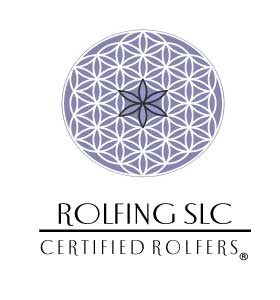Do you offer consultations?
How long are sessions, and how much do you charge?
Why do people seek Rolfing?
How many sessions should I receive?
How far apart should the sessions be scheduled?
What should I expect from a session?
Do I need a 10 series?
What happens after a 10 series?
Why is it called Rolfing?
What should I wear to a rolfing session?
Yes. We offer free consultations over the phone so that we can decide if Rolfing Structural Integration is right for you. Consultations take about 20 minutes or less. We will talk about your medical history, your goals for receiving rolfing, and any questions you have about the Rolfing process. If you already know that you would like to just try a session we will have a small consultation as part of our first session together.
HOW LONG ARE SESSIONS AND HOW MUCH DO YOU CHARGE?
Sessions are anywhere from 1 hour to an hour and 15 minutes. Our first session together will be a bit longer, about and hour and a half as we will chat a bit before we begin working.
Hannah Lies – Certified Rolfer $150 per session
Mary Phillips – Certified Advanced Rolfer $170 per session
A charge of $100 a session for a cancelled or rescheduled appointment with less than 24 hours notice.
People seek Rolfing for many different reasons… Primarily, we work with people who want to feel better in their body. People come to Rolfing to resolve old long held patterns of holding and to feel more flow and harmony. Many people have been profoundly helped by Rolfing, from professional athletes, to people who must sit at a computer all day. Rolfing also can help resolve trauma from auto accidents or any other type of injury.
HOW MANY SESSIONS SHOULD I RECEIVE?
We will talk about and decide how many sessions will be good for you to achieve your goals for our work together.
That said, Rolfing is typically done in a series of 10 sessions, with each session focusing on a specific section or layer of the body. Each session builds on the one before so that we can systematically begin to offer more order and balance to the structure from the outside in, and from the bottom up. We like working within the 10 series model because it allows us to work specific areas of discomfort, while addressing deeper structural holding patterns in the whole body that may be affecting the areas that feel chronically tight or painful.
There are good stopping places within the 10 series (after sessions 1, 3 and 7). For clients who are not sure they want to work through the entire 10 series, we can asses after each session, how the work is affecting you and wether your goals are being met. We want to work with clients in the way that they feel best served, whether that is receiving one session or a smaller series, or the whole 10 series.
HOW FAR APART SHOULD THE SESSIONS BE SCHEDULED?
Rolfing sessions are typically scheduled about one to two weeks apart. We can discuss your individual goals and schedule to establish the right frequency for your body to integrate the previous session, and be ready to receive more work.
WHAT SHOULD I EXPECT FROM A SESSION?
In a typical Rolfing session we check in verbally before the session starts to see how you are feeling in your body on that particular day, and what changes you have experienced in your body since the prior session. We will then look at you standing, and sometimes walking to analyze how your body is organizing in the field of gravity. This information helps us to organize the specific goals of the session for you. Then we do hands on work on the body with touch varying from superficial to deep depending on where and how we are working that day. After the session you stand again in gravity and we may do some movement work or just bring awareness to what has shifted in your structure during our session.
